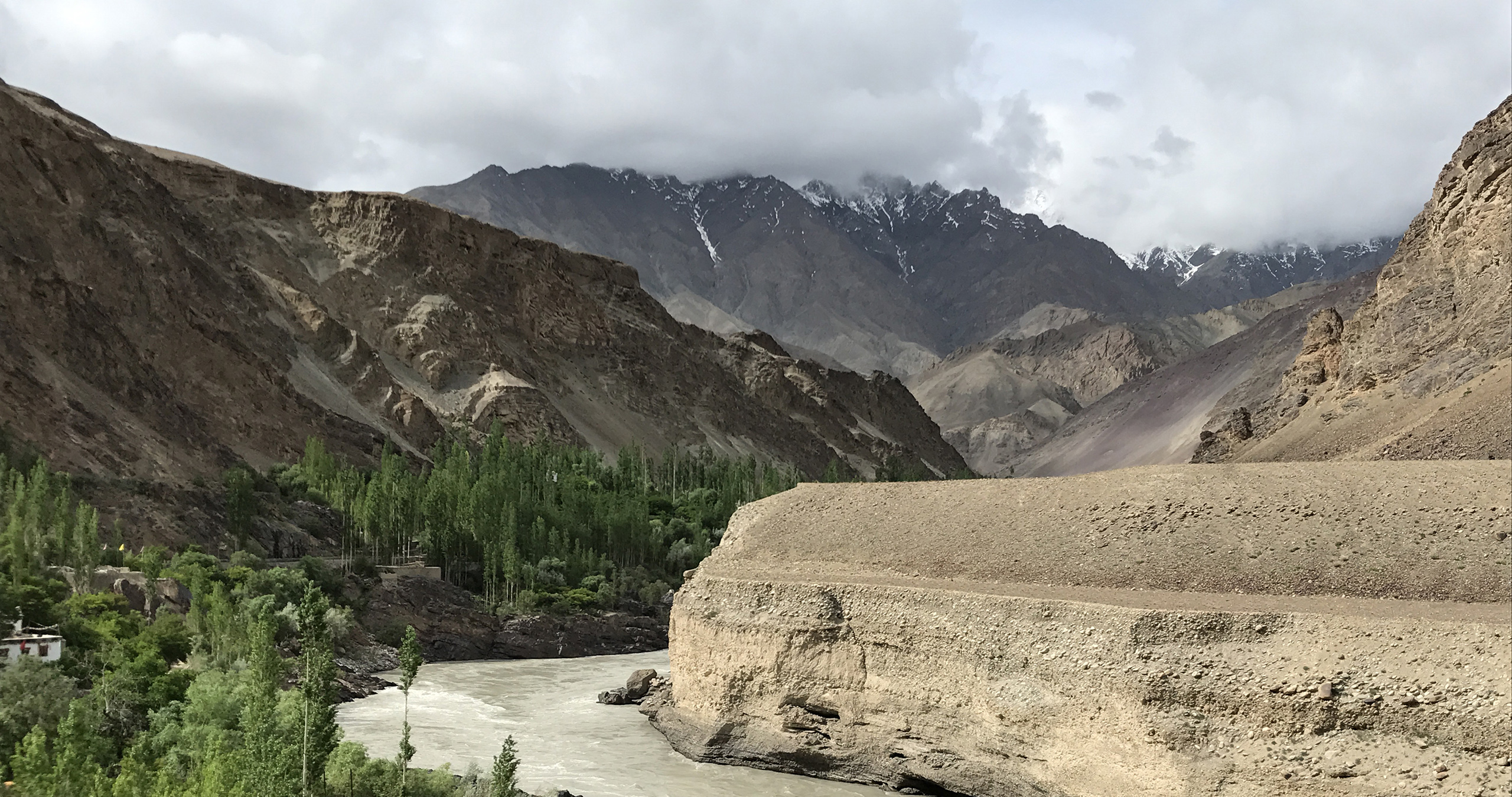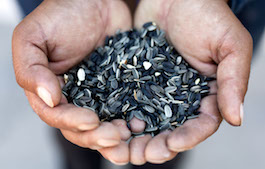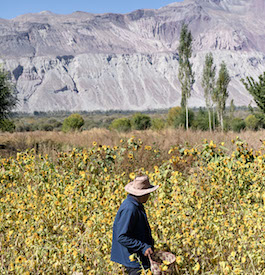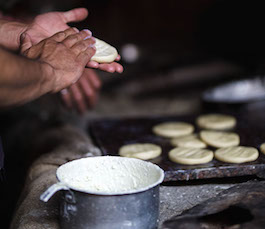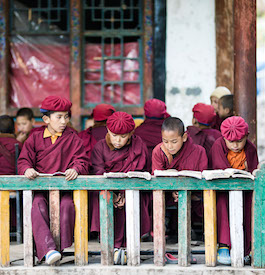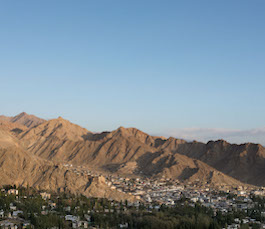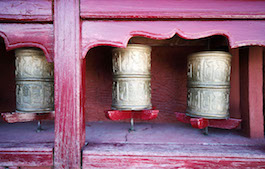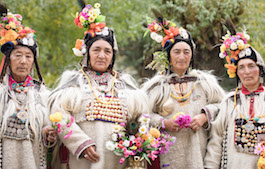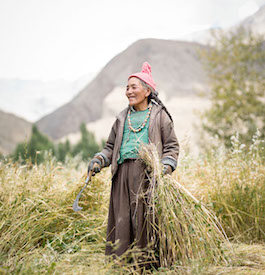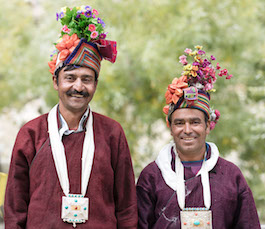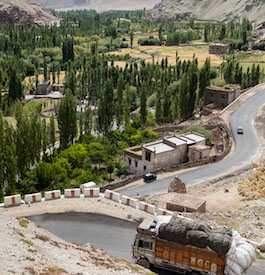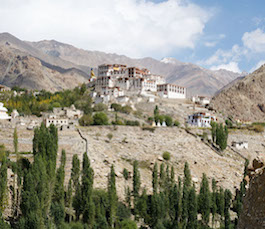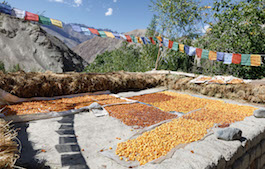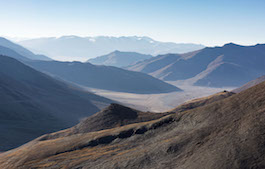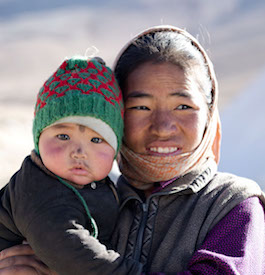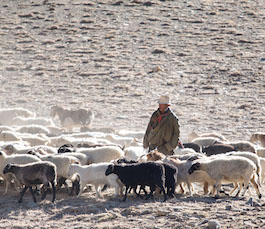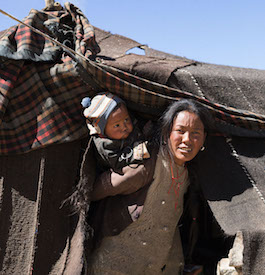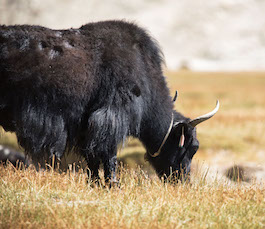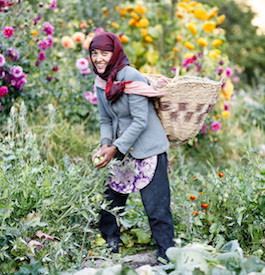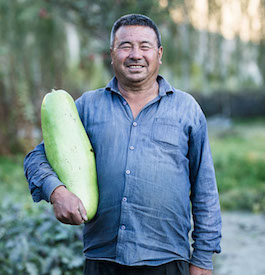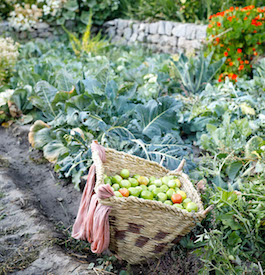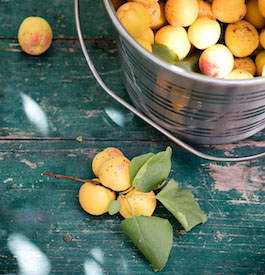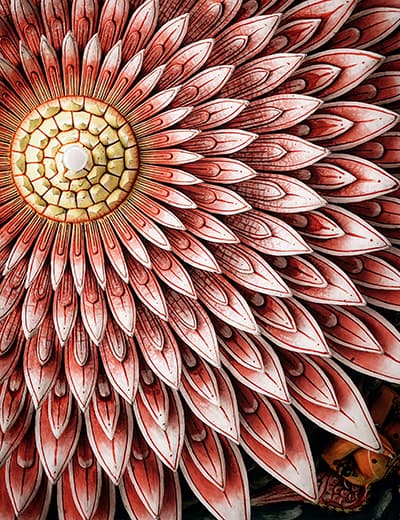
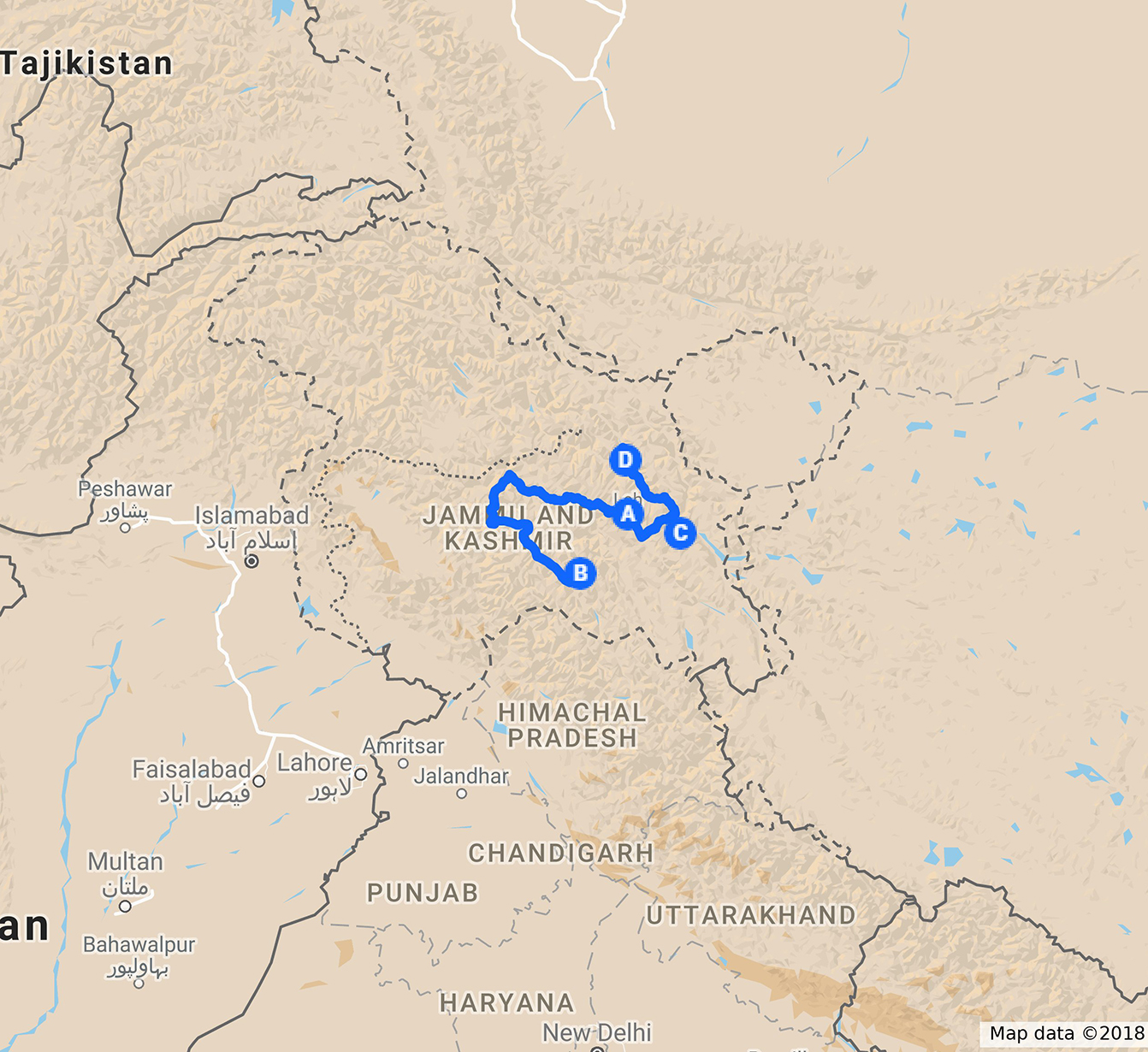
KAMALAN X ANOTHER ESCAPE, SEPTEMBER 2017
PROMINENT THEMES
-
Cuisine
-
Religion & Community
-
Nature & Wellness

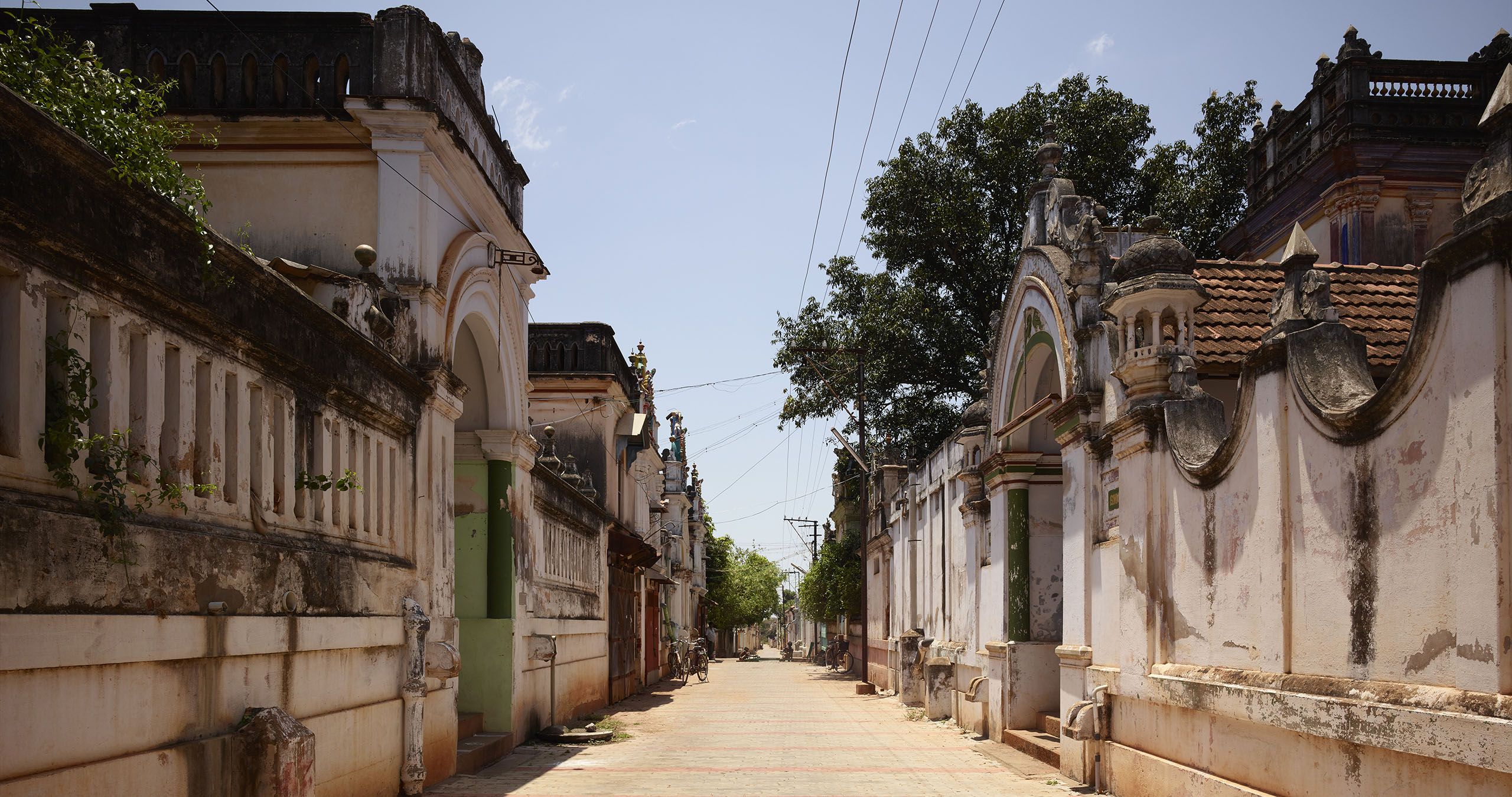
Tracing the Trails of Time
Discover the decadent mansions of Chettinad through the eyes of The New York Times, when they travelled with us exploring architecture...
Behind-The-Scenes • South India
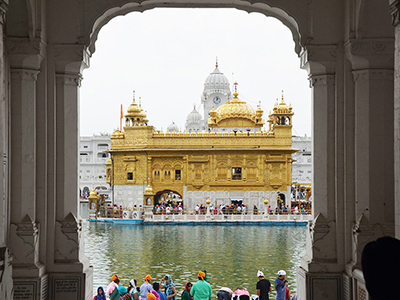
Journey of A Faith
A journey tracing the history and tenets of Sikhism, a religion born in the state of Punjab...
Bespoke Journey • North India
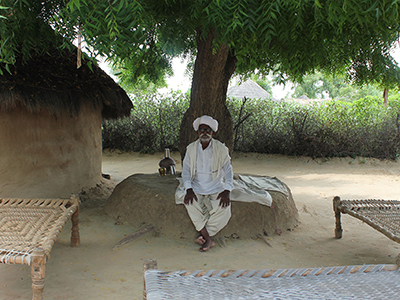
Shajanram, the Bishnoi
Shajanram is a frail little person in his late eighties. Yet he moves gracefully, with the agility of a nearby...
Narrative • North India
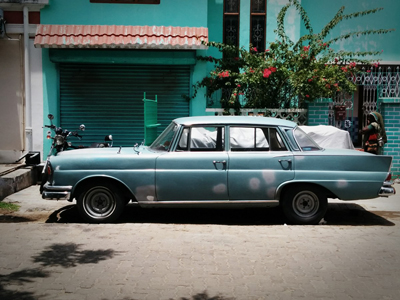
Chasing Storms and Lighthouses
Pondicherry has always felt like home, ever since the first time, many years ago. Travel is but the act...
Narrative • Pondicherry
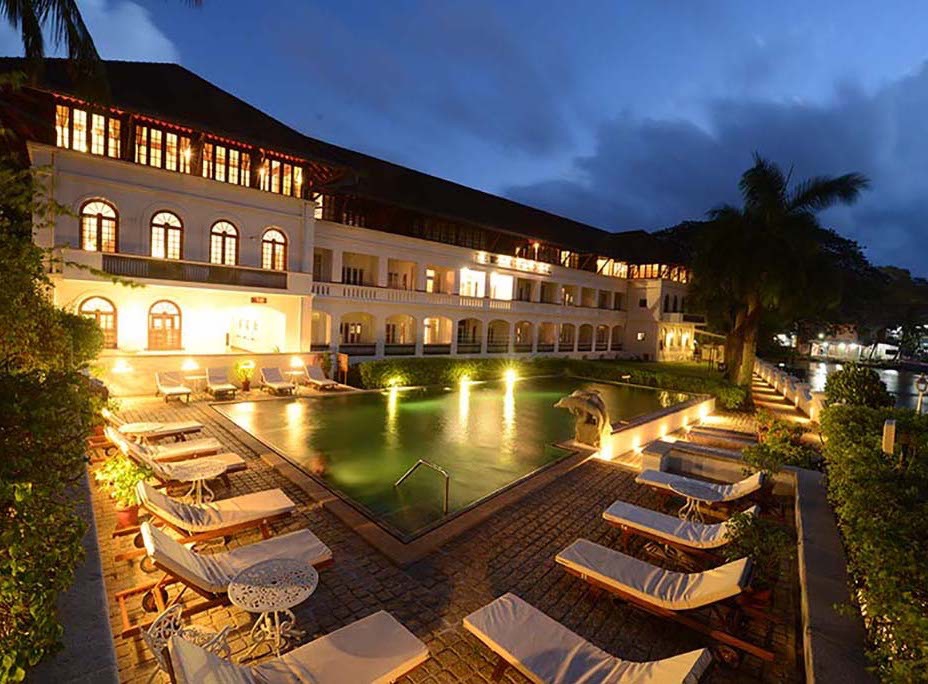
Brunton Boatyard
Between tropical foliage that covers the land all the way up to the sea, roof-tiled buildings of the...
Hotel Guide • South India

Cathedrals of Ecstasy
Retrace our steps with Hole & Corner as we explored the derelict performance spaces of Chennai and Madurai in the south...
Behind-The-Scenes • South India


